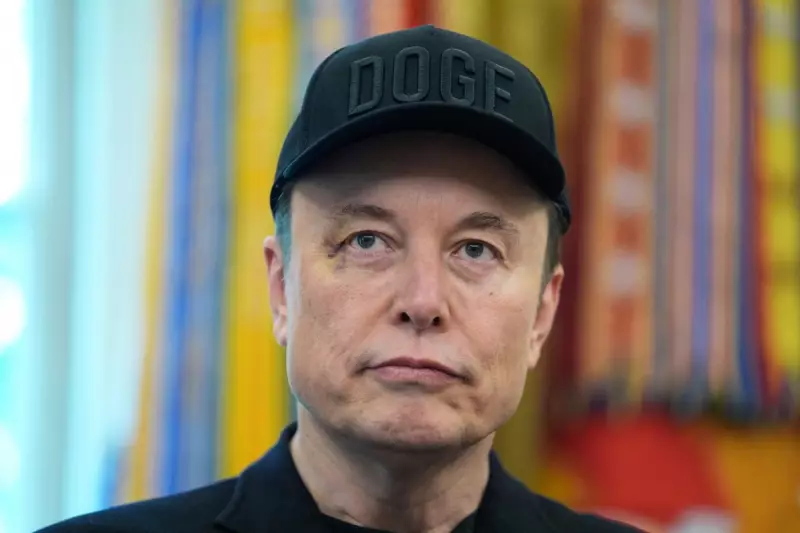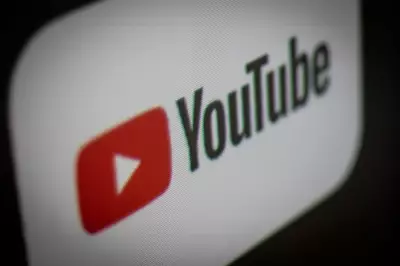
In a groundbreaking move that could revolutionise Britain's digital landscape, Elon Musk's SpaceX has officially launched its Starlink satellite internet service across the United Kingdom. The ambitious project aims to deliver high-speed broadband to even the most remote corners of the British Isles.
Connecting the Unconnected
Starlink's expansion into the UK market represents a significant challenge to traditional internet service providers. Using a constellation of low-earth orbit satellites, the service promises to deliver download speeds between 50-150 Mbps, with latency as low as 20 milliseconds - performance that rivals many ground-based broadband services.
How Starlink Works
The technology behind this space-based internet is both sophisticated and ambitious:
- A growing network of satellites orbiting approximately 550km above Earth
- User terminals (dubbed "UFOs on a stick") that automatically align with passing satellites
- Ground stations that connect the satellite network to existing internet infrastructure
- Continuous coverage through coordinated satellite movements
Bridging Britain's Digital Divide
For rural communities in Scotland, Wales, and remote English counties that have struggled with poor connectivity for years, Starlink offers a potential solution. Traditional broadband providers have often found it economically challenging to extend fibre optic cables to sparsely populated areas, leaving many households with substandard service.
One early adopter from the Scottish Highlands reported: "After years of struggling with download speeds that rarely exceeded 2 Mbps, Starlink has transformed our ability to work from home and access streaming services."
Challenges and Considerations
Despite the excitement surrounding the launch, several factors warrant consideration:
- The initial hardware cost of £439 represents a significant investment
- Monthly subscription fees of £89 exceed many traditional broadband packages
- Questions remain about performance during adverse weather conditions
- Long-term sustainability of the satellite constellation raises environmental concerns
The Future of UK Internet
As Starlink continues to launch additional satellites - with plans for thousands more in orbit - the service is expected to improve in both speed and reliability. The UK government has expressed interest in how satellite internet could help achieve its goal of nationwide gigabit-capable broadband by 2025.
Industry analysts suggest that while Starlink may not replace fibre for urban users, it could become the preferred solution for rural businesses, remote workers, and communities underserved by traditional infrastructure.





